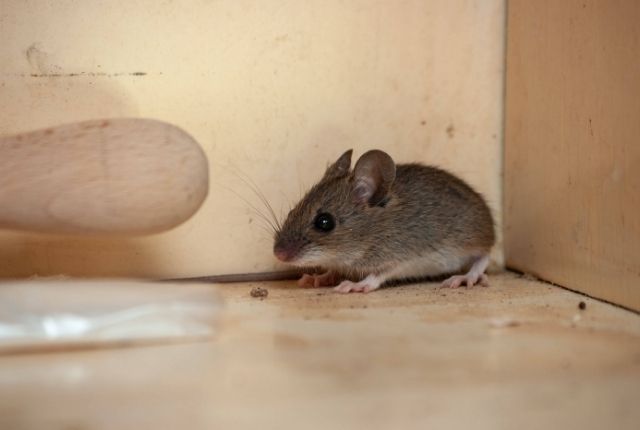Homeowners often have to deal with mouse invasions, which can happen even in the cleanest homes. Early detection is the key to good mouse movement. People often call mice “invisible invaders” because they are hard to catch. During the day, they hide in walls and attics, and at night, they come out to look for food. This piece will talk about the signs that can help you tell if you have a mouse problem in your home.
- Droppings Small, dark droppings are one of the most obvious signs that you have mice in your home. Mice can leave behind a lot of droppings, which you might find in places they like to go, like along walls, in cabinets, or near food sources.
- Pee Odour Mice have a strong, unique pee smell that comes from going to the bathroom a lot. If you smell something like ammonia in some parts of your house, it could mean that mice are there.
- Gnaw Marks Mice’s teeth are strong and sharp, and they keep growing. To keep their teeth in good shape, they chew on different things. Things made of wood, wires, and even plastic should have gnaw marks on them.
- Materials for Nests Mice make nests to live in and have babies. Things like torn paper, fabric, and insulation are often used to build nests. These things being found in storage areas or hidden places can be a sign of an infestation.
- Mice are most busy at night, and you may hear scratching or rustling sounds coming from the ceiling, walls, or cabinets as they move around and build their nests.
- Chewed Food Packaging Mice will eat anything that comes their way, so they will chew through food packaging to get to their food. Food containers that are torn or chewed up in your kitchen or closet are a clear sign that mice have been there.
- Mice You Can See Sometimes you can actually see mice running around your house, especially in the evenings when they are most busy. This is a very strong sign of an infestation.
- Leaving Traces When mice move along walls and floors, they leave behind smudges and tracks. These are often found in places of the house that get dusty or aren’t cleaned very often.
- Gaps and Holes Mice can get into your home through cracks, holes, and small gaps. Check around doors, windows, and the base of your home for possible entry points.
- How Pets Act Watch what your pets do. Cats, in particular, may become more interested in certain places if they think mice are there.
- Insulation Wears Down Mice may use insulation as a place to live, which causes your home’s insulation to slowly wear down. Look for signs of damage in your attic and crawl areas.
In conclusion
Finding the signs of a mouse problem in your home is important for getting rid of them quickly and effectively. Finding these bugs early can keep them from doing a lot of damage to your home and things you own, and it can also lower the health risks that come with mice.
It’s important to act right away if you think these signs mean you have a mouse problem. You can start by blocking off any possible entry spots, getting rid of food sources, and setting traps. But if the invasion is bad or lasts for a long time, it’s best to hire professional pest control services. Professionals have the knowledge and tools to get rid of mice and keep them from coming back.
Remember that avoiding a mouse problem can cause bigger problems down the road, so it’s best to take care of it as soon as you notice it.
Mice Control Newmarket, we are fully aware of every detail associated with mice. We know just how inquisitive and destructive these tiny rodents can be, and even though they are highly evasive, we have devised several procedures to track down every last one of them on an infested property.
